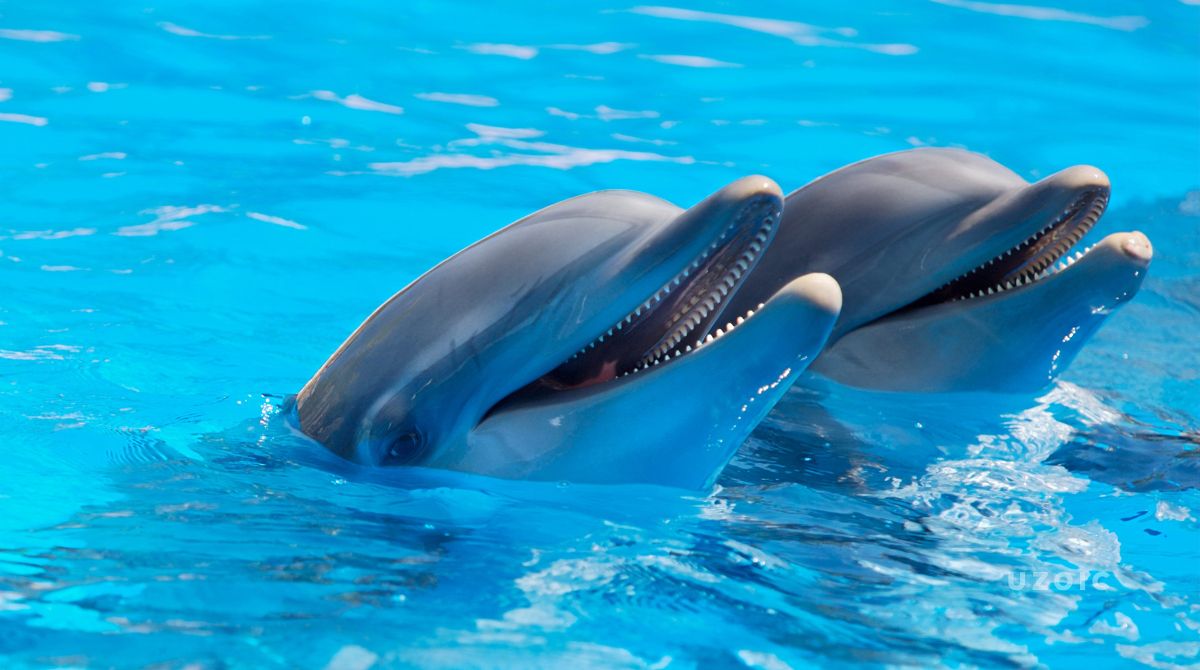Sleep is a vital physiological process for most animals, including humans. It is a time for rest, rejuvenation, and essential brain and bodily functions. However, did you know that there are some extraordinary creatures that do not adhere to the conventional sleep patterns? In this blog post, we delve into the intriguing world of animals that don’t sleep. From marine mammals to insects, nature never ceases to amaze us with its incredible adaptations.
- Dolphins: Dolphins, those intelligent and graceful marine mammals, have captivated humans for ages. One of the most astonishing aspects of their behavior is their sleep pattern. Dolphins are considered “unihemispheric sleepers,” meaning that only one half of their brain sleeps at a time, while the other half remains awake. This allows them to maintain awareness and surface for breathing while still getting the rest they need.
- Giraffes: The majestic giraffe is renowned for its towering height and distinctive appearance. When it comes to sleep, giraffes have unique adaptations to keep them safe in the wild. These long-necked creatures have relatively short sleep cycles, usually lasting around 5 minutes at a time. They can achieve this by sleeping while standing, using their powerful leg muscles to support their massive bodies. Additionally, giraffes have been observed to sleep for a total of only 1.9 hours per day, making them one of the animal kingdom’s shortest sleepers.
- Bullfrogs: Known for their deep croaking sounds on warm summer nights, bullfrogs have an interesting approach to sleep. These amphibians enter a state called “suspended animation” during winter hibernation. During this time, their metabolic activity decreases significantly, allowing them to survive the cold temperatures without needing to sleep or eat. This unique adaptation allows bullfrogs to conserve energy and endure long periods of harsh environmental conditions.
- Albatrosses: Albatrosses, the magnificent seabirds with impressive wingspans, are renowned for their remarkable long-distance flights. These birds spend a significant portion of their lives soaring above the open ocean. Due to their demanding lifestyle, they have evolved a sleep pattern that allows them to rest while flying. Albatrosses engage in “dynamic soaring,” a technique that harnesses wind currents to glide effortlessly for extended periods. By sleeping while in flight, albatrosses can conserve energy and cover vast distances without interruption.
- Insects: While insects may seem small and insignificant, their sleep patterns can be quite intriguing. Take honeybees, for example. Honeybees are social insects that live in highly organized colonies. They have specific roles within the colony, and even during periods of rest, their duties continue. Bees undergo a state known as “sleep-like behavior” where they rest and reduce their activity, but they remain alert to potential threats or changes within their environment.
Conclusion: The animal kingdom is filled with extraordinary creatures, and those that don’t conform to the standard sleep patterns offer us a glimpse into the diverse adaptations nature has to offer. From dolphins and giraffes with their unique sleep cycles to the hibernating bullfrogs and sleep-while-flying albatrosses, these animals showcase remarkable strategies to thrive in their respective habitats. Exploring the sleep patterns of these fascinating creatures expands our understanding of the intricate ways in which nature has shaped life on our planet.


